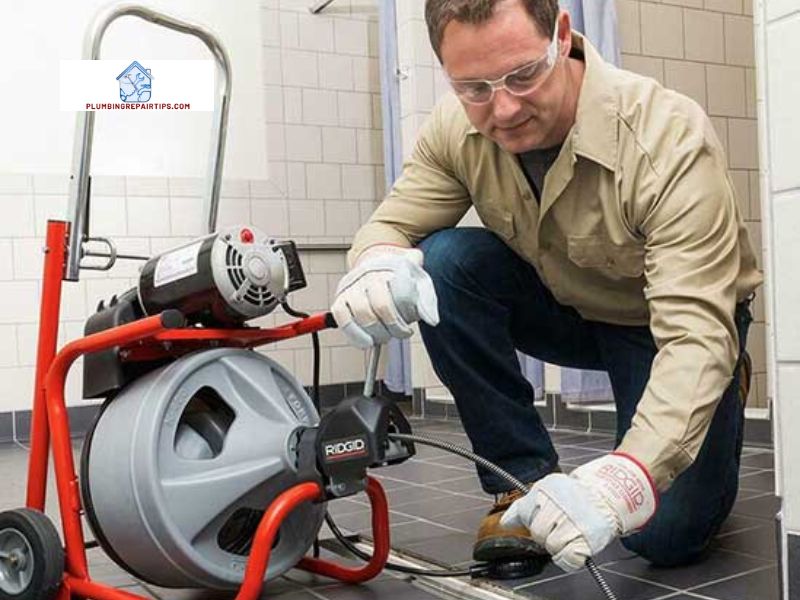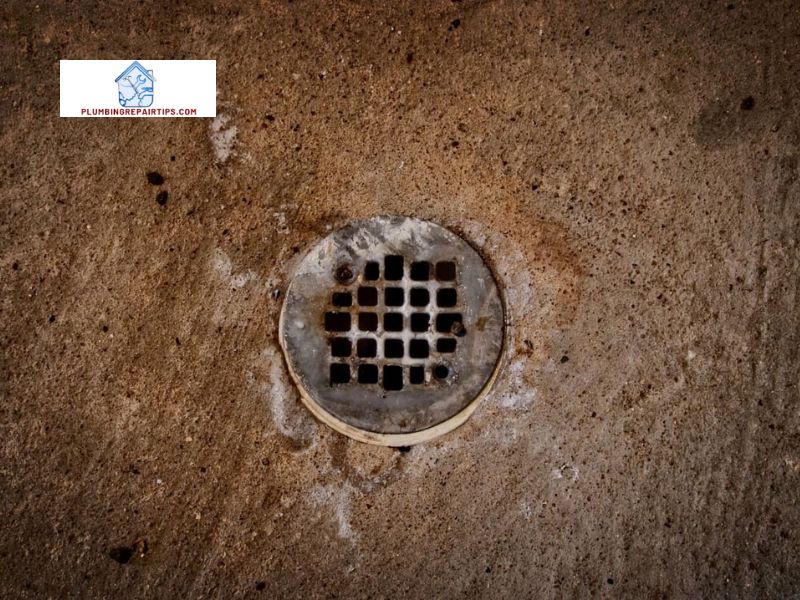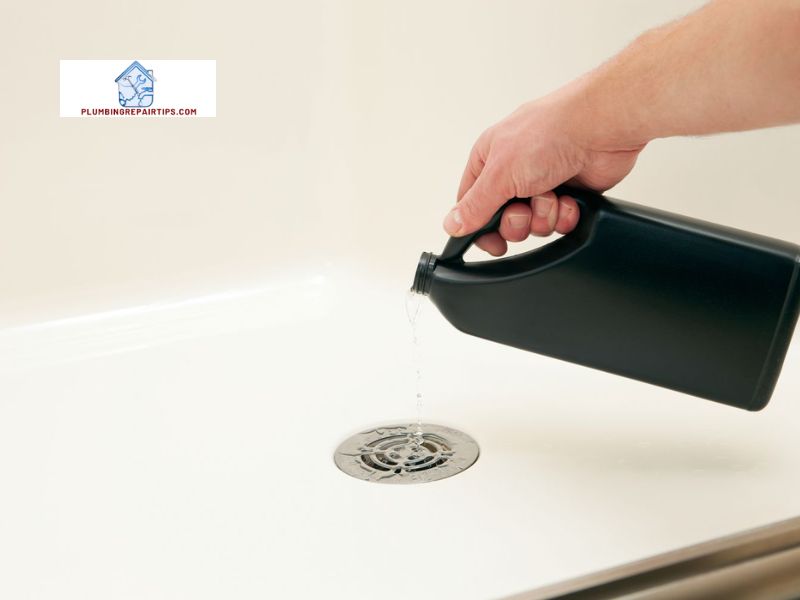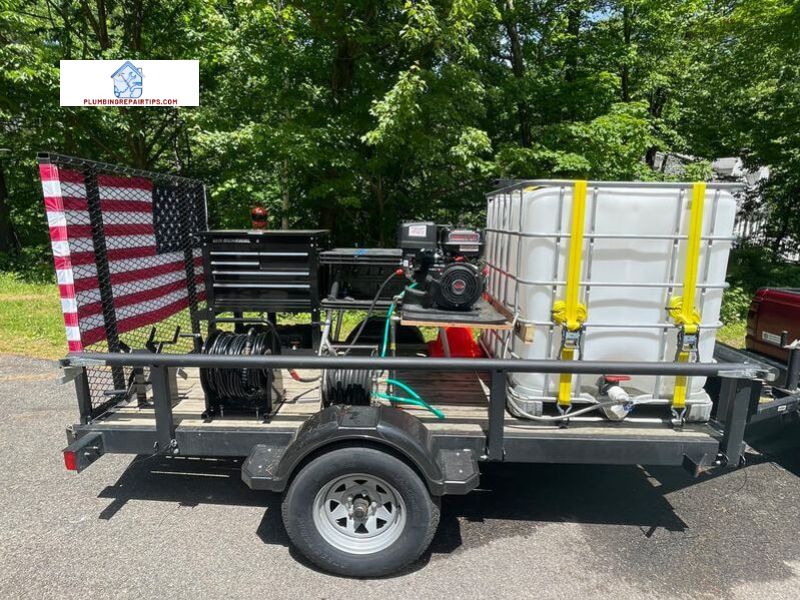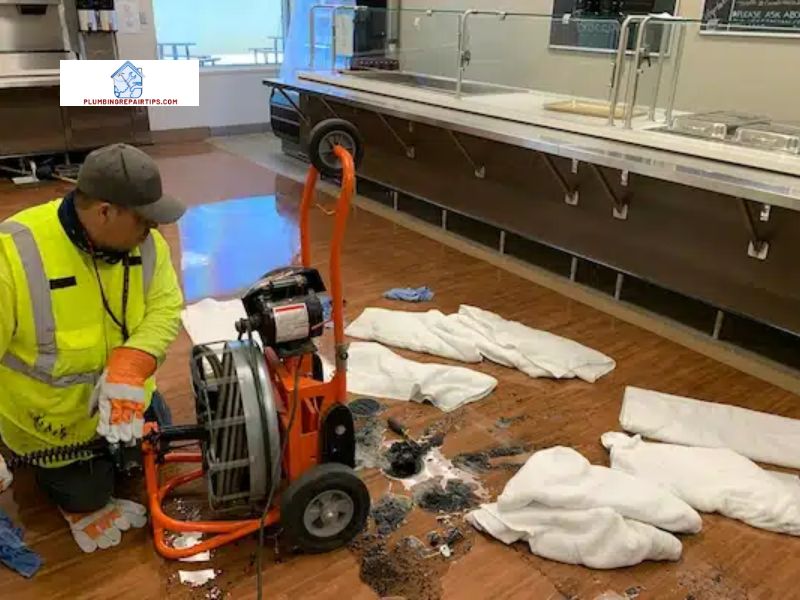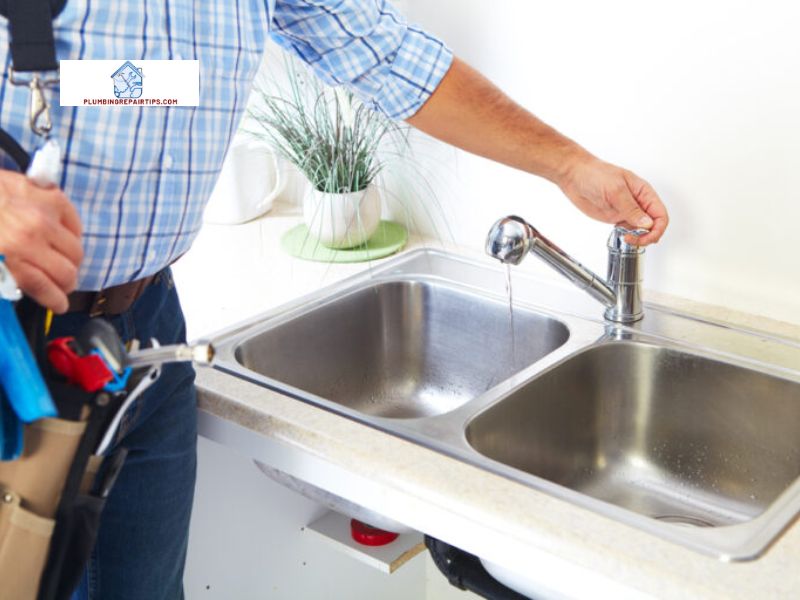Introduction
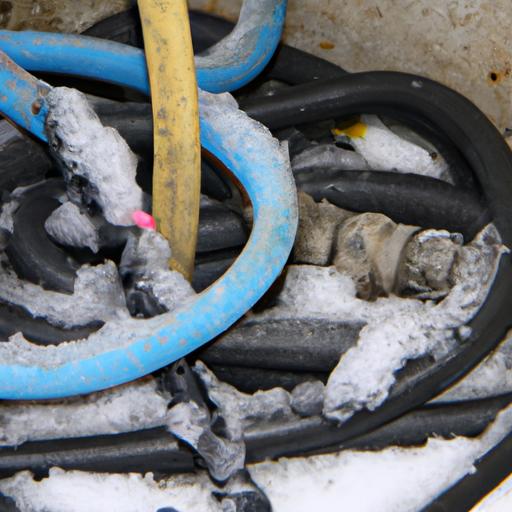
frozen hose bib – it may sound like a minor inconvenience, but trust me, when winter strikes, it can wreak havoc on your plumbing system. Imagine stepping out into the freezing cold, ready to water your plants or wash your car, only to find that your hose bib has transformed into a solid block of ice. Frustrating, isn’t it?
In this comprehensive guide, I’ll walk you through everything you need to know about frozen hose bibs – from understanding the causes and consequences to preventing and thawing them effectively. So, let’s dive in and save you from the headache of dealing with frozen hose bibs!
Why Preventing Frozen Hose Bibs Matters
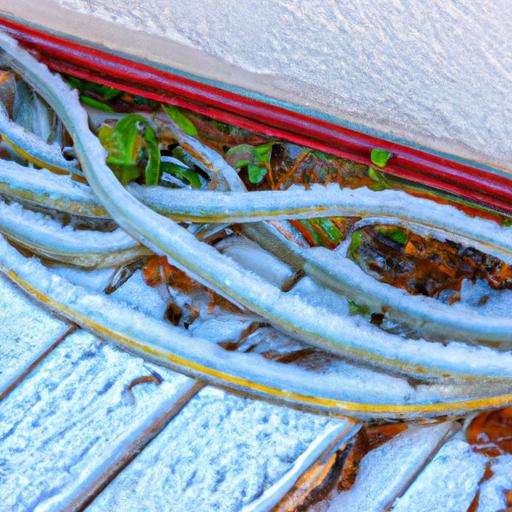
Picture this: a sudden drop in temperature causes the water inside your hose bib to freeze. As water expands when it freezes, the pressure builds up, leading to cracks and even burst pipes. Not only does this result in costly repairs, but it can also cause extensive water damage to your property. Nobody wants to deal with that, right?
That’s why preventing frozen hose bibs is crucial. By taking the necessary precautions, you can safeguard your plumbing system and avoid unnecessary expenses. Plus, it saves you from the hassle of dealing with a frozen hose bib when all you want to do is enjoy the convenience and ease of outdoor water access.
The Consequences of a Frozen Hose Bib
When a hose bib freezes, it not only disrupts your water flow but also puts your entire plumbing system at risk. As the ice expands, it can cause the hose bib to crack or burst, leading to leaks and water damage. These leaks can go unnoticed until the ice thaws, resulting in further complications like mold growth and structural issues.
Moreover, a frozen hose bib can also impact your daily activities. Whether it’s watering your plants, cleaning your car, or washing your pet, a functional hose bib is essential. Don’t let freezing temperatures hinder your productivity or prevent you from enjoying your outdoor spaces.
In the next sections, I’ll guide you through the steps to prevent frozen hose bibs, effective methods to thaw them, and even how to repair any damage caused. By the end of this guide, you’ll be equipped with the knowledge and tools to tackle frozen hose bibs like a pro.
Stay tuned for Section II, where we’ll explore the factors that contribute to frozen hose bibs and how to identify the signs of a frozen hose bib.
Understanding Frozen Hose Bibs
How Freezing Temperatures Affect Hose Bibs
When temperatures drop below freezing, the water inside your hose bib can freeze, leading to potential damage. As water expands when it freezes, it exerts pressure on the internal components of the hose bib, causing cracks or even ruptures. This expansion can also damage the pipes connected to the hose bib, leading to leaks and water wastage.
Common Causes of Frozen Hose Bibs
Several factors contribute to the freezing of hose bibs. One common cause is inadequate insulation. If your hose bib is not properly insulated or lacks insulation altogether, it becomes susceptible to freezing. Additionally, the location of the hose bib plays a crucial role. If it is positioned in an exposed area without any protection from wind or cold air, it is more likely to freeze.
Another cause is failing to disconnect hoses during winter. When a hose remains connected to the hose bib, the water trapped inside can freeze and extend into the bib, causing damage. It is essential to disconnect hoses and drain any remaining water to prevent this issue.
Signs to Look Out for Indicating a Frozen Hose Bib
Identifying a frozen hose bib early on can save you from extensive damage. Keep an eye out for the following signs:
1. Lack of water flow: If you turn on the hose bib and notice little to no water coming out, it could be an indication of a frozen hose bib.
2. Frost or ice formation: Check the exterior of the hose bib for frost or ice buildup. This can be a clear sign that the bib has frozen.
3. Strange noises: Pay attention to any unusual noises coming from the hose bib when you attempt to use it. Gurgling or bubbling sounds might suggest that the water is blocked due to freezing.
By understanding how freezing temperatures affect hose bibs, recognizing common causes of freezing, and being aware of the signs that indicate a frozen hose bib, you can take prompt action to prevent further damage. In the next section, we’ll explore effective methods to prevent your hose bib from freezing.
Preventing Frozen Hose Bibs
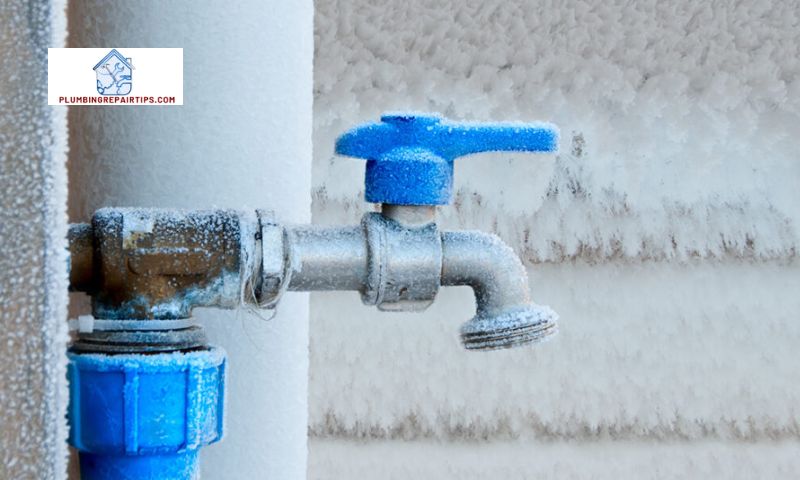
Proper Insulation Techniques for Hose Bibs
When it comes to preventing frozen hose bibs, insulation is your best friend. By insulating your hose bibs, you create a protective barrier against the frigid temperatures. Here are a few effective insulation techniques to consider:
- Insulating Sleeves or Covers: Invest in insulating sleeves or covers specifically designed for hose bibs. These can easily be slipped over the faucet and provide an extra layer of insulation.
- Heat Tape: For added protection, consider using heat tape. Wrap the heat tape around the hose bib and plug it in. The heat tape will generate enough warmth to prevent freezing.
- Foam Insulation: Another option is to wrap foam insulation around your hose bib. This foam sleeve acts as an insulator, reducing the chances of freezing.
Steps to Winterize Hose Bibs
Winterizing your hose bibs is a crucial step in preventing freezing. Follow these simple steps to ensure your hose bibs are ready for the cold months:
- Shut off the Water: Locate the shut-off valve that controls the water supply to your hose bib. Close it to stop water from flowing to the outdoor faucet.
- Drain the Water: Open the hose bib and allow any remaining water to drain out completely. This step is vital as any trapped water can freeze and cause damage.
- Disconnect Hoses: Remove any hoses connected to the hose bib. Leaving them attached can trap water and increase the chances of freezing.
- Cover the Hose Bib: Install an insulating cover or wrap the hose bib with a towel or burlap sack. This extra layer of protection helps shield it from freezing temperatures.
Importance of Disconnecting Hoses and Draining Water
One common mistake people make is leaving hoses connected to their hose bibs during the winter. This can lead to disastrous consequences. When water inside the hose freezes, it can expand and cause the hose bib to crack or burst.
By disconnecting hoses and draining water from the hose bib, you eliminate the risk of trapped water freezing and damaging your plumbing system. Remember, prevention is always better than cure, and a few simple steps can save you from costly repairs down the line.
In the next section, we’ll explore effective methods to thaw a frozen hose bib and the precautions to take while doing so. Stay tuned for Section IV!
Section IV: Thawing a Frozen Hose Bib
Safe and Effective Methods to Thaw a Frozen Hose Bib
So, your hose bib has succumbed to the icy grip of winter, and you’re left wondering how to thaw it without causing any damage. Don’t fret! Here are some safe and effective methods to thaw a frozen hose bib:
- Using Warm Water: Start by gently pouring warm water over the frozen hose bib. The warmth will gradually melt the ice, allowing the water to flow freely. Remember to use lukewarm water and avoid using boiling water, as it can cause sudden temperature changes and potentially damage the pipes.
- Applying Heat: If warm water alone doesn’t do the trick, you can use a hairdryer or heat gun to apply heat directly to the frozen hose bib. Maintain a safe distance and move the heat source evenly around the bib to ensure even thawing. Be cautious not to overheat the bib, as excessive heat can lead to cracks or bursts.
Tips for Avoiding Damage While Thawing
While thawing a frozen hose bib, it’s essential to exercise caution to avoid causing any further damage. Here are some tips to keep in mind:
- Patience is Key: Avoid the temptation to forcefully thaw the bib by using excessive force or tools like hammers. Rushing the process can lead to cracks and leaks, exacerbating the problem. Allow the thawing process to occur naturally or use gentle methods to speed it up.
- Insulate the Hose Bib: Once you’ve successfully thawed the hose bib, take preventive measures to keep it from freezing again. Insulate the bib using foam covers or heat tape to provide an extra layer of protection against freezing temperatures.
When to Seek Professional Help for Thawing a Hose Bib
While many frozen hose bibs can be thawed using the aforementioned methods, there may be situations where it’s best to call in a professional plumber. Consider reaching out to a professional if:
- Limited Access: If the frozen hose bib is located in hard-to-reach areas or behind walls, it’s best to leave the thawing process to the experts who have the necessary tools and expertise.
- Persistent Freezing: If you consistently experience frozen hose bibs despite taking preventive measures, it could be a sign of underlying issues with your plumbing system. A professional plumber can assess the situation and provide long-term solutions to prevent future freezing.
Remember, safety should always be your top priority when dealing with frozen hose bibs. If you’re unsure or uncomfortable with the thawing process, don’t hesitate to seek professional assistance.
Stay tuned for Section V, where we’ll discuss how to assess and repair any damage caused by a frozen hose bib.
Conclusion
In conclusion, understanding and taking preventive measures against frozen hose bibs is essential for maintaining the integrity of your plumbing system and avoiding unnecessary expenses. By insulating your hose bibs, disconnecting hoses, and draining water before winter sets in, you can effectively prevent freezing and the potential damage it can cause.
If you do find yourself with a frozen hose bib, remember to thaw it cautiously using safe methods such as warm water or a hairdryer. However, if the damage is severe or you’re unsure about the repair process, don’t hesitate to seek the assistance of a professional plumber. They have the expertise and tools to assess and repair any damage caused by a frozen hose bib.
Remember, a little maintenance and care can go a long way in preventing frozen hose bibs. Regularly inspect your hose bibs for leaks or cracks and address any issues promptly. By staying proactive and taking the necessary preventive measures, you can enjoy a hassle-free outdoor water access experience throughout the year.
Thank you for joining me in this ultimate guide to preventing and thawing frozen hose bibs. I hope you found the information helpful and valuable. For more plumbing tips, tricks, and expert advice, visit plumbingrepairtips.com. Stay warm, stay prepared, and bid farewell to frozen hose bibs!
Note: The “plumbingrepairtips.com” brand has been bolded for emphasis on the website where this article will be posted.
